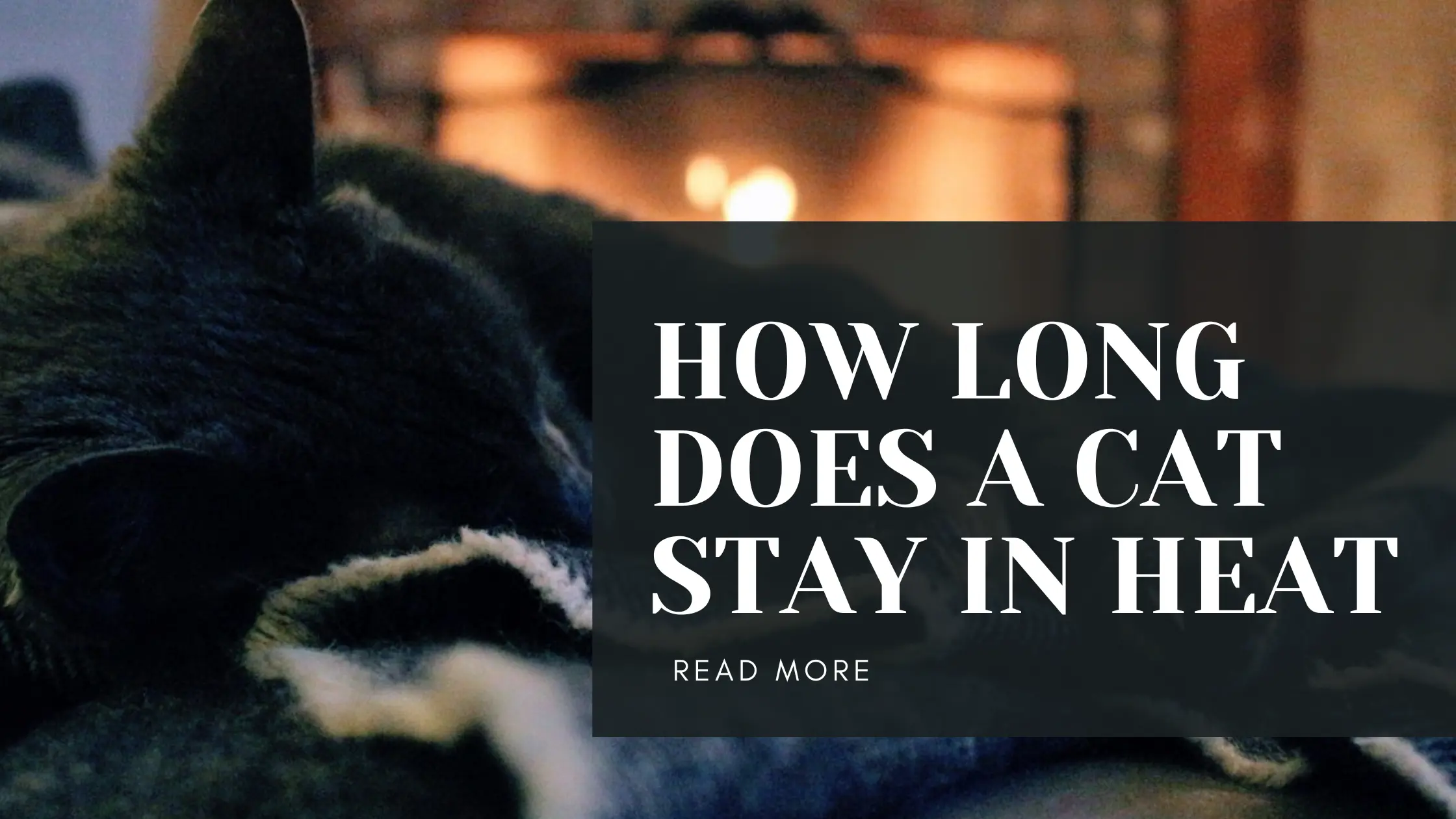If you’re a cat owner or someone interested in feline behavior, you may be curious about how long a cat stays in heat. Understanding a cat’s reproductive cycle is important for their well-being and for managing their behavior. In this article, we’ll delve into the topic and provide insights into the duration of a cat’s heat cycle.
What is Heat in Cats?
Heat, also known as estrus, refers to the period during which a female cat is sexually receptive and able to mate.
It is a natural part of a cat’s reproductive cycle and typically occurs multiple times throughout the year.
During this time, cats may display certain behaviors and physical changes to signal their fertility.
Duration of Heat in Cats
The duration of a cat’s heat cycle can vary, but on average, it typically lasts around 4 to 10 days. However, this can vary from cat to cat.
Some cats may have shorter heat cycles, lasting as little as 1 or 2 days, while others may have longer cycles, extending up to 2 weeks.
Signs of Heat in Cats
During the heat cycle, cats exhibit various signs and behaviors to attract mates. Here are some common signs of a cat in heat:
- Vocalizations: Female cats in heat may become more vocal, producing distinct yowls, meows, or other sounds to attract male cats.
- Increased Affection: Cats in heat may display heightened levels of affection, rubbing against objects or people more frequently.
- Rolling and Kneading: Female cats may roll on the ground and exhibit kneading behavior with their paws.
- Restlessness: Cats in heat can become restless and agitated, pacing around or seeking opportunities to escape from the house in search of a mate.
- Increased Urination: Female cats in heat may urinate more frequently and may exhibit spraying behavior to mark their territory.
- Back Arched and Tail Raised: When approached or touched, female cats in heat may arch their backs and raise their tails to signal their receptiveness to mating.
Managing a Cat in Heat
If you have an unspayed female cat and do not intend to breed her, it is important to manage her heat cycles. Here are some options to consider:
- Spaying: Spaying your cat, which involves the removal of the reproductive organs, is a common and highly effective way to prevent heat cycles and the associated behaviors. It also has additional health benefits for your cat, such as reducing the risk of certain cancers.
- Hormonal Injections: Consult with your veterinarian about the possibility of using hormonal injections to temporarily suppress your cat’s heat cycles. This method can be effective in managing the behavior associated with heat, but it is not a permanent solution and should be discussed thoroughly with your vet.
- Environmental Enrichment: Provide your cat with plenty of mental and physical stimulation to help alleviate restlessness and redirect her attention. Engage in interactive play sessions and offer toys or scratching posts to keep her entertained.
- Separation: If you have multiple cats and do not want breeding to occur, it may be necessary to separate your female cat in heat from male cats to prevent mating.
Conclusion
The duration of a cat’s heat cycle can vary, but on average, it lasts around 4 to 10 days. Understanding the signs and behaviors associated with heat in cats is important for cat owners to ensure their pet’s well-being and to make informed decisions regarding breeding and managing heat cycles.
If you have concerns or questions about your cat’s reproductive health, it is always recommended to consult with a veterinarian who can provide personalized guidance based on your cat’s specific needs.
Read More: Health Problems in White Cats: Understanding and Addressing Their Unique Needs

